Nicosia is undoubtedly a city of motorists, as is the whole of southern Cyprus.
Travelling by car
According to recent studies, the average number of cars per family is two. And when the children are grown but still live with their parents, the number of cars per household is even higher. Greek Cypriots prefer to travel exclusively by car, even for short distances. Even if the destination is a 15-20 minute walk away, they prefer to drive rather than walk. This may be due to the island's climate, where it can be too hot to walk in the sun during the day in summer.
In addition, public transport in Cyprus, and particularly in Nicosia, is not very well developed and there is also a stereotype that it is only used by certain categories of people who, for whatever reason, cannot afford a car. This is particularly true in Nicosia, where only pensioners, students, refugees and migrant workers from South-East Asia can be found on the buses. All other city dwellers travel by car. But even if they wanted to use public transport, it would be impossible, because often the only way to get from A to B is by private car. Therefore, in order to have complete freedom of movement in Nicosia, it is important to have a car.
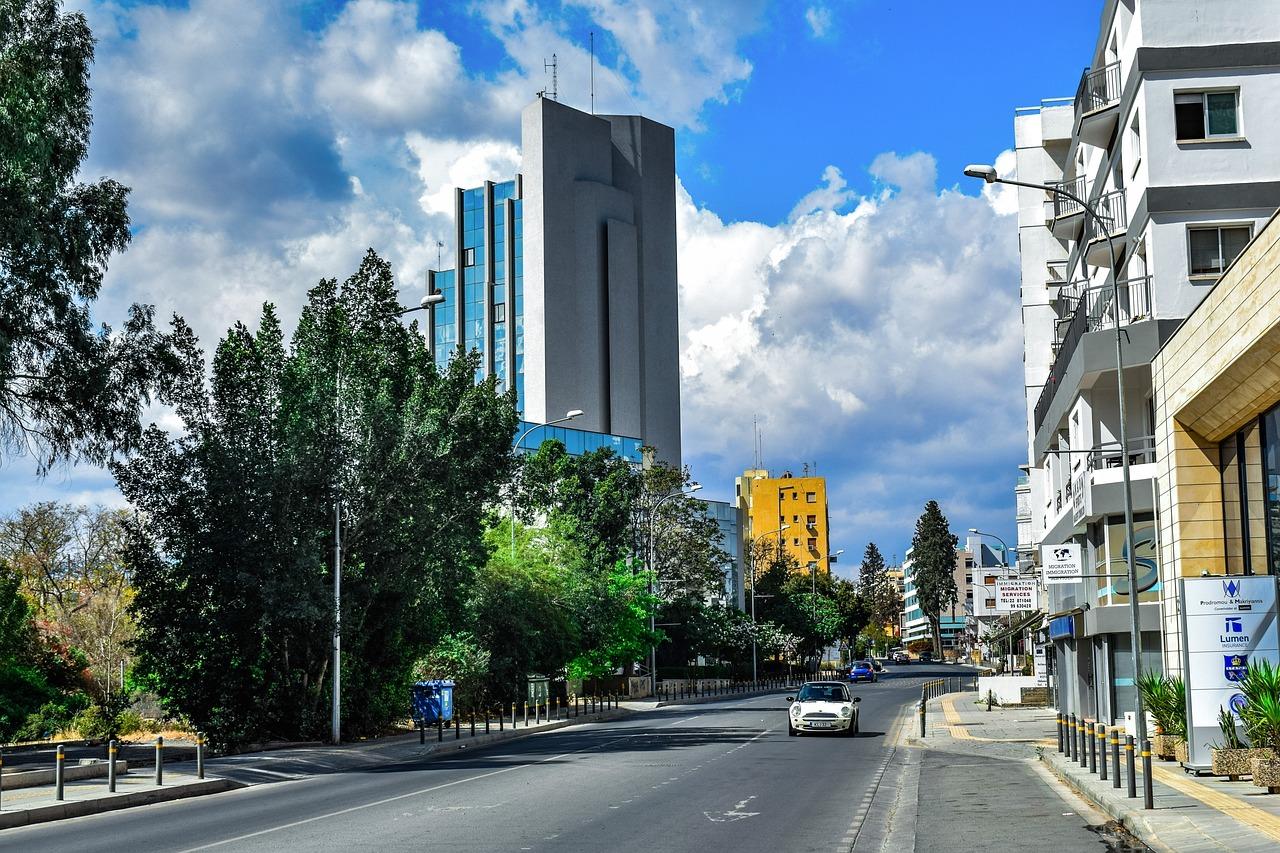
Road conditions
Until a few years ago, the road surfaces in Nicosia left much to be desired - many of them were outdated with potholes and uneven asphalt. Recently, the situation has improved. All roads are regularly repaired to the latest European standards. It should be noted that there are speed limits on roads near schools and other public places. In addition, traffic cameras have been installed throughout the city over the past year, which automatically record any offences.
Nicosia is growing and expanding rapidly. There are many more car owners, many new suburbs have appeared, but the road infrastructure has remained at the same level, and this affects congestion. The old two-lane motorways no longer meet the needs of the citizens.
However, positive changes are taking place. Last year, the first phase of the city ring road was completed, linking the Nicosia-Limassol and Nicosia-Kokkinotrimifia motorways with junctions to Idalio, Strovolos, Lakatamia and Tseri. The 4-lane route is designed to reduce traffic and congestion at the entrance and exit of Nicosia and to make travelling to the suburbs and surrounding villages more comfortable.
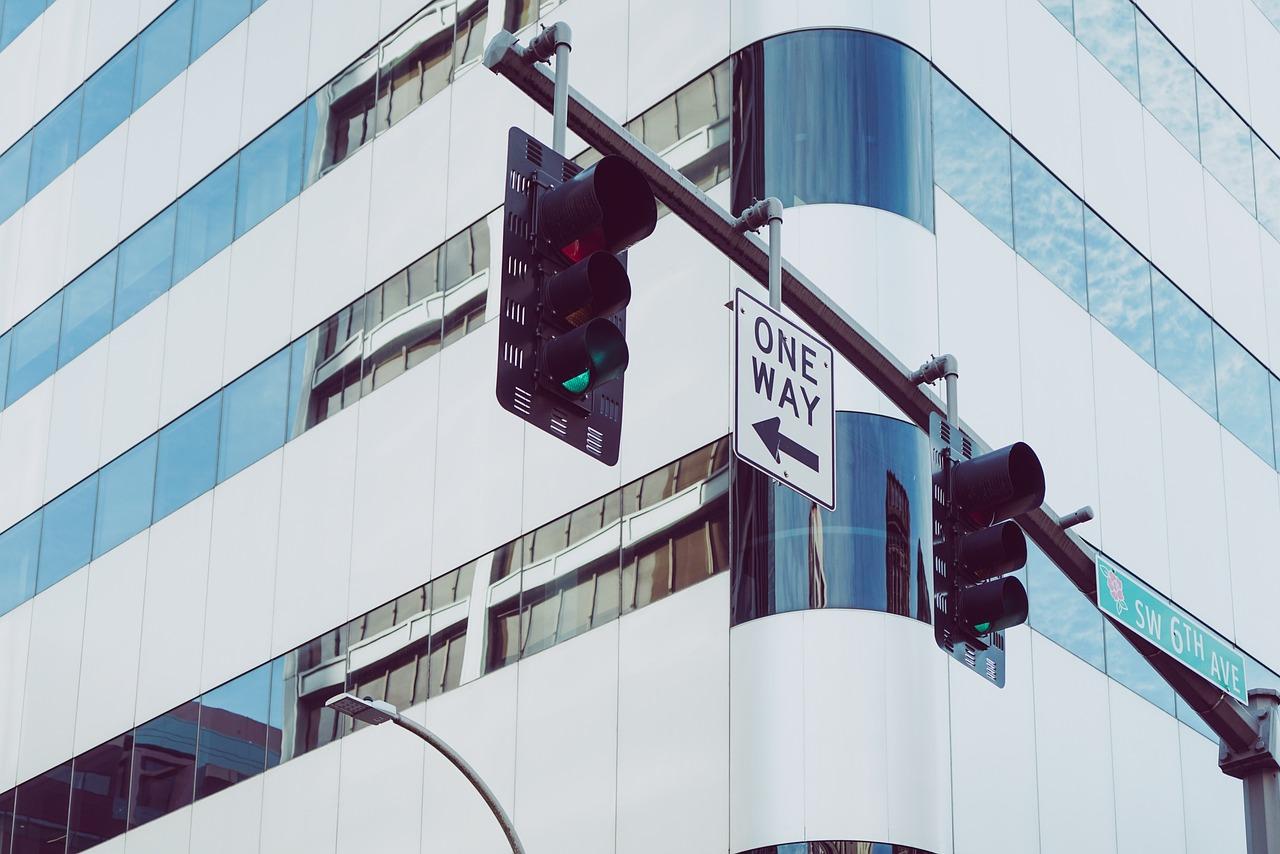
Rush hours and congestion
Despite attempts to improve the situation, the city's main roads are heavily congested in the morning hours from 7.00 to 9.00 and in the afternoon hours from 14.30 to 15.00. This is because this is when government workers, schools and other educational institutions finish their work. Also after 17.00, when office workers finish their work, traffic on the roads becomes tense.
It's almost impossible to avoid traffic jams at these times, so it's a good idea to leave early and use apps such as Waze, which can warn you of possible delays and suggest an alternative route.
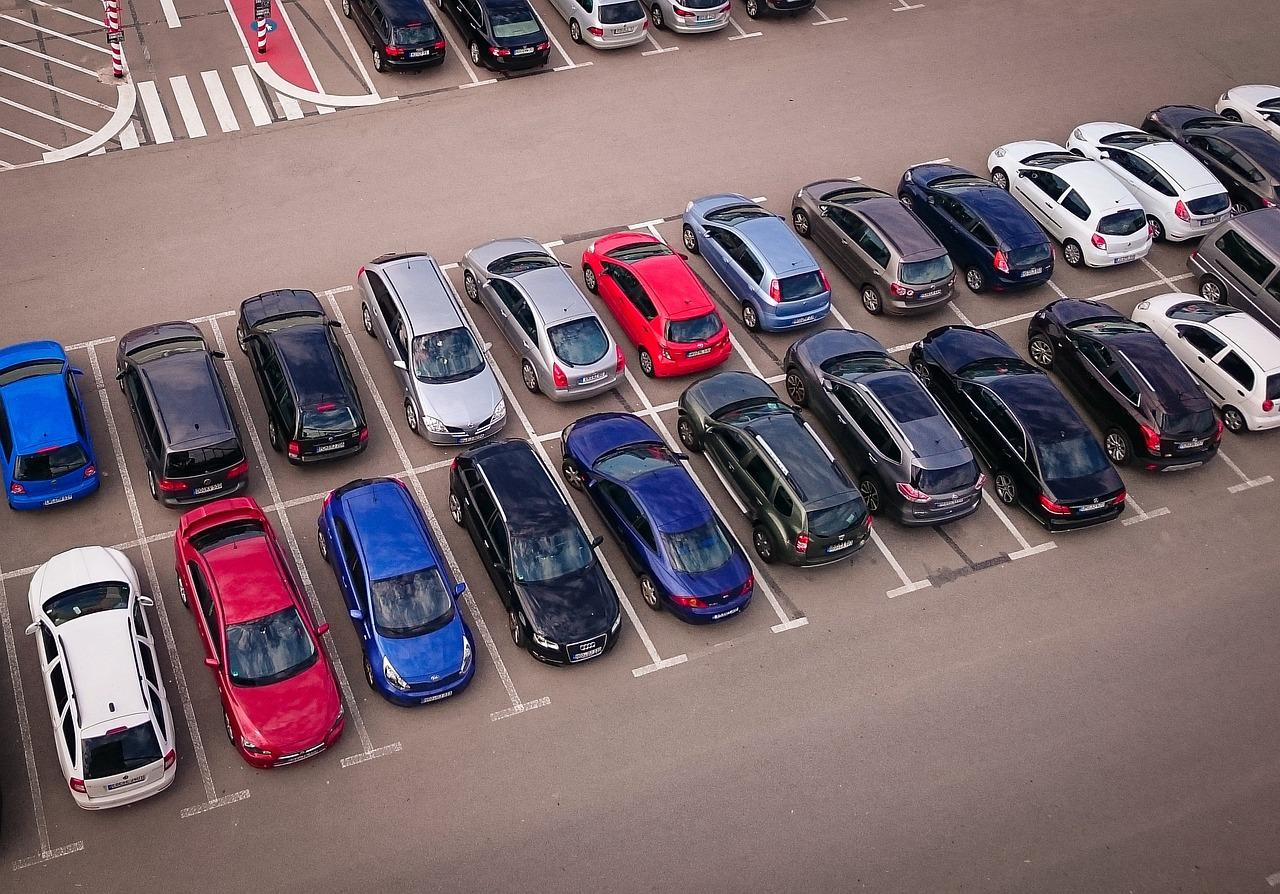
Parking
Nicosia has a number of large municipal car parks, the most convenient and central of which is opposite the Solomou Square bus station. A list of other car parks can be found at nicosia.org.cy. It is almost always possible to find a space in these car parks. It is important to plan ahead and bring plenty of change, as the machines do not always accept larger denominations.
There is also the Smart Parking Nicosia app, which provides real-time information on available parking spaces in your area. It can be a little more difficult to find a parking space in busy main streets or alleys. This can be because many drivers don't park very carefully or park unevenly, driving outside their parking space, making it difficult for larger cars to park. You must follow the signs and only park where it is allowed. Such parking costs between 2 and 3 euros for 2 hours. It is important to place your ticket in a conspicuous place to avoid a fine.
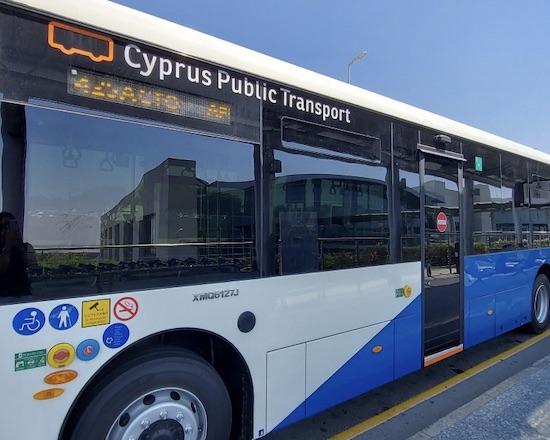
Public transport
There is only one form of public transport in the city - buses. Although public transport in Nicosia is not very well developed, the situation has started to improve in recent years - the bus fleet has been renewed, more routes have been added, and city flights have become more regular and punctual. On weekdays, for example, city flights leave about every 30 minutes, and every 15 minutes in the morning, but much less frequently at weekends. And suburban routes to the surrounding villages run about every hour on weekdays. There are far fewer flights on weekends and public holidays, so it is best to check the timetable in advance.
Tickets cost around €2.4 one way. You can buy a motioncard, which is cheaper. There are also discounts for students and pensioners. There are also smaller buses that take you to distant villages such as Kalopanaiotis, Prodromos, Gerakies and the Monastery of Kykki. As most of Troadoos falls under the municipality of Nicosia, it is possible to get to these villages at the local city fare.
All you have to do is take a large bus and, when you get to the transfer point, change to a small 'auxiliary' bus, which is more like a minibus. The cost is no more than 1 euro one way. The only thing to bear in mind is that auxiliary buses do not have a very good timetable and may only run twice a day, or not at all on Sundays and public holidays. You can find out more about public and suburban buses at publictransport.com.cy.
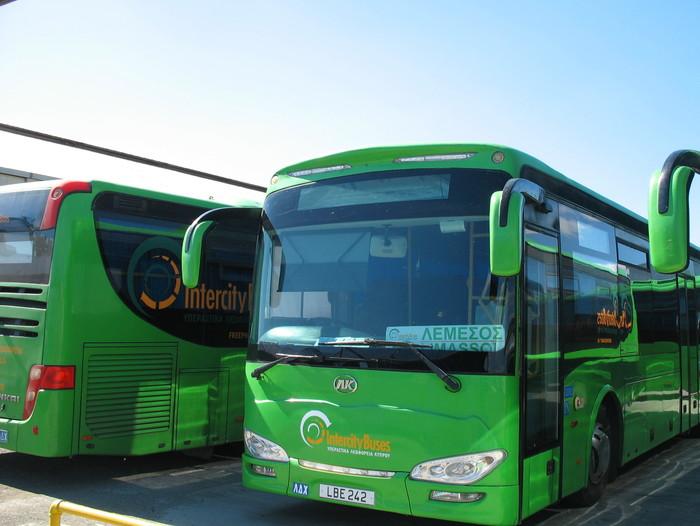
Other towns are also easily accessible from Nicosia - Limassol is about 1.5 hours away, Paphos 2 hours, Larnaca 40 minutes and Ayia Napa and Paralimni 2 hours. Timetables and fares are available at intercity-buses.com.
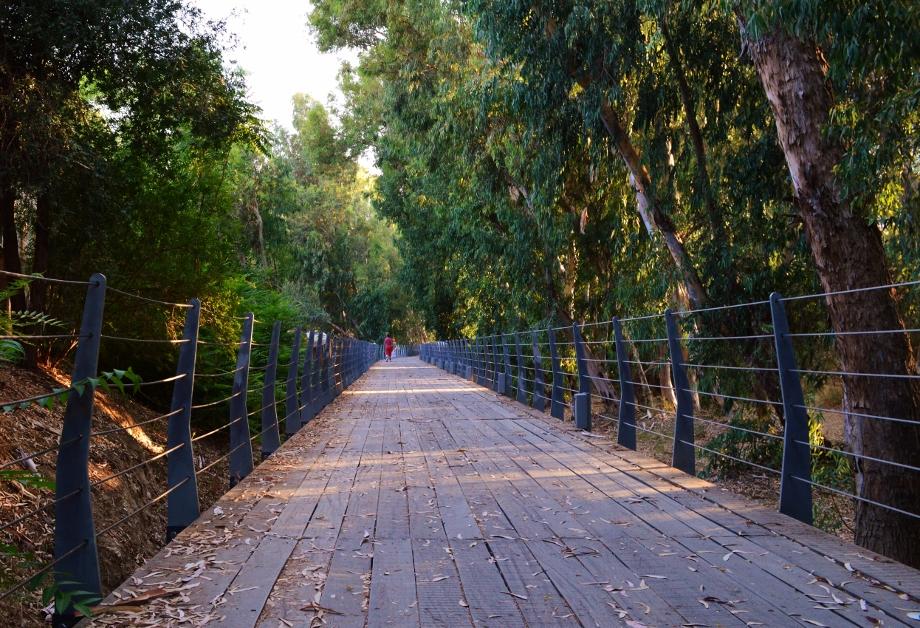
Cycling routes
Unlike other European cities, cycling here is more of a sport or hobby than a primary means of transport. Nicosia has many scenic cycling routes, some of which are within the city limits:
- Kaimakli Linear Park - on the site of old railway tracks, this route is now a park with many playgrounds, a football pitch, a basketball court, walking paths and benches in the shade of trees.
- Pallouriotissa Linear Park - 2km long, this walking and cycling route runs along busy streets with many cafes and shops where you can enjoy the atmosphere of the city without the hustle and bustle.
- Pedhieos River Linear Park - Starting in the city centre near the Presidential Palace, this route stretches for 14km along the mouth of the river, passing through the Strovolos and Lakatamia neighbourhoods. There is a wooded strip along the route with many eucalyptus trees, as well as pine and palm trees.
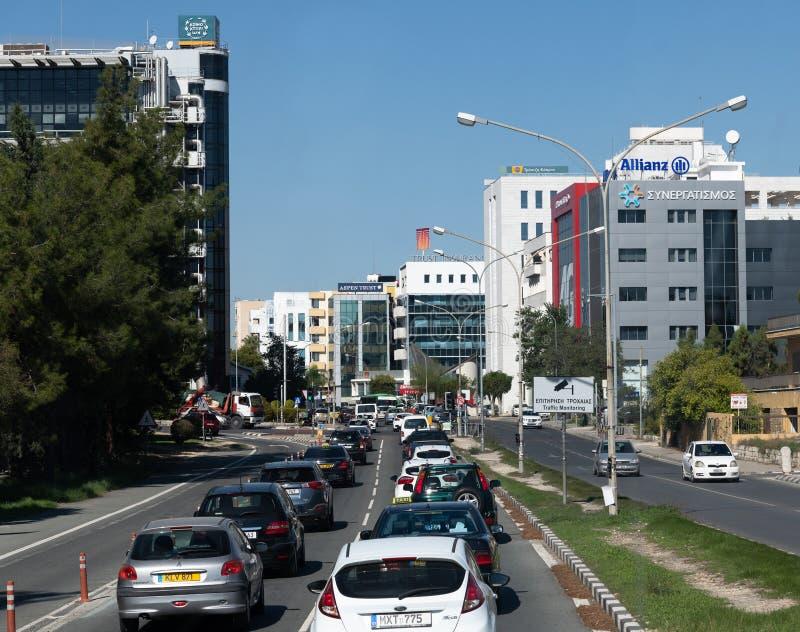
Getting around the city
Overall, Nicosia is not a bad city to get around in. The quality of the roads has improved considerably in recent years, as has the public transport system. Car-sharing stations have also appeared in the city. Electric scooter hire has also become popular in the past year. You can use the Bolt app to find the nearest rental centre. To use an electric scooter, simply scan its QR code. The price to use them is just 0.2 euros for 1 minute of riding.
It is important to note that these points are not only located in the city centre, but also in residential areas. The company plans to operate at least 1,600 electric scooters across Nicosia, with the potential to increase the number as demand for the service grows. It is an environmentally friendly and cost effective alternative to other forms of transport, helping to make Nicosia a more comfortable, accessible and modern city to get around in.
However, the main problem - congestion and traffic jams at peak times - is not going away. This is especially true in central areas such as Strovolos, as well as at the junctions on the outskirts of the city. There are only two options left - continue to modernise the road infrastructure and build more motorways, or develop public transport and change public opinion about it, making it more convenient and desirable for citizens. Only time will tell which way Nicosia will go in the future.
Read also:
